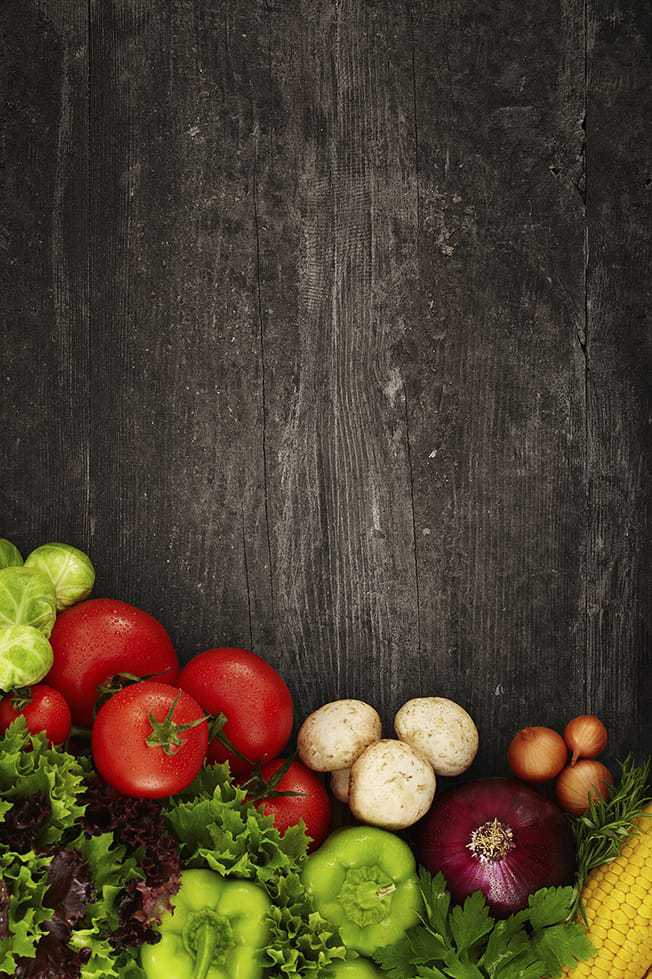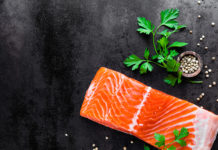
An estimated 285 million people worldwide are affected by diabetes and this number is expected to reach 438 million by 2030. In Canada close to 10 million people live with diabetes or prediabetes. That’s over a quarter of the population!
While there is no way to prevent type 1 diabetes, 90 per cent of Canadian diabetics have type 2 diabetes which is preventable through healthy eating, physical activity and weight loss. In fact, losing five to seven percent of your body weight can decrease your risk for type 2 diabetes by 58 per cent!
Maintaining a healthy weight is extremely important for anyone living with diabetes or at risk of getting diabetes. In terms of dieting, you don’t need to start a regimen of strict calorie counting, measuring portion sizes, and adhering to complicated food charts. Small changes can go a big way in terms of reducing your waistline and improving your health. Here’s how to eat to beat diabetes:
SMALL CHANGES CAN YIELD BIG RESULTS
Regardless of whether you are trying to control diabetes, or simply prevent getting diabetes in the future, small changes in your lifestyle can yield big results. One of the most important things is maintaining a healthy weight. It does not necessarily mean that you have to become very slim. According to experts, an overweight person who loses five to 10 per cent of their weight can reduce their blood sugar level, blood pressure, and cholesterol.
NOT ALL BODY PARTS ARE CREATED EQUAL
Not all fat in one’s body is created equal. The risk is higher when it comes to developing abdominal fat. Pear-shaped individuals have fat stores close to their skin, while apple-shaped individuals have fat stores that are located deeper in the abdominal organs. This type of deep fat is related to diabetes and insulin resistance. In terms of your health, fat on the thighs is better than fat around your waist.
THE WAIST REPORT
According to experts, an increased waist circumference can increase the risk of developing diabetes. For women, those with waist circumference measuring 35 inches or more will have a higher risk of developing the condition. For men, a waist circumference of 40 inches or more are at an increased risk of diabetes.
LIMIT SUGAR
The calories you get through sugar are more likely to add weight to your abdomen than other areas of the body. Experts advise that people who are trying to control or prevent diabetes should cut back on sugary foods. This way, they can develop a slimmer waistline while reducing the risk associated with diabetes.
THE DIABETIC DIET
Eating right for diabetes does not entail any special foods or complicated dietary regimen. In fact, the nutritional needs of a diabetic person are the same as anyone else. A diabetes diet is simply a healthy eating regimen packed with high nutrient, low fat and moderate calorie foods.
The one special consideration for diabetics is controlling blood sugar levels. While this is important for anyone’s overall health, it is especially crucial for diabetics because high blood sugar levels can lead to hyperglycemia and chronic complications such as nerve, kidney and heart damage.
Making healthy food choices and eating at regular intervals is key. It’s also vital to choose a high-fiber diet that will help slow the release of carbohydrates. Carbohydrates (especially white ones) have a big impact on a person’s blood sugar levels compared to fats and proteins. While they may a have the biggest impact, it does not necessarily mean that they should be avoided. It just means you need to make good choices, and eat carbohydrates with fibre.
In general, you should limit highly refined carbohydrates. Highly refined carbohydrates are commonly found in white rice, white pasta, white bread, soda, snack foods, and candy. Instead of highly refined carbohydrates, choose high-fiber complex carbohydrates. This type of carbohydrate is also known as slow release carbohydrates. This helps keep blood sugar levels even because the food is digested slowly. Slow digestion of this type of carbohydrates will prevent the body from producing too much insulin. These carbohydrates also provide lasting energy and help one stay full longer.
Many overweight diabetics do not realize that they are on a blood sugar roller coaster: their blood sugar levels rapidly rise and fall throughout the day. The brain pays close attention to this cycle. Minute by minute it monitors blood sugar levels, because a rapid drop is as threatening to the body as a loss of oxygen. When blood sugar falls, the brain sends out powerful messages designed to bring blood sugar back to appropriate levels. “Eat!” the brain demands. These messages that we recognize as food cravings are almost impossible to ignore.
To lose weight effectively, appetite needs to be corrected. To many this involves trying to suppress appetite; this is a short-term, ineffective solution. For long-term success, appetite needs to be corrected through blood sugar balance. Soluble fibre has been clinically studied to correct appetite, helping you lose weight, control and balance blood sugar levels, and even lower cholesterol.
The glycemic index (GI) can also be helpful in identifying which type of foods are slow release. This can tell how quickly a certain type of food turns into sugar once it is inside the body. High GI foods can spike the body’s blood sugar levels rapidly while low GI foods will do the opposite.
While it is good to check on glycemic index tables, this can become rather inconvenient. To combat such inconvenience, an expert has come up with a much easier way to make smart food choices. Foods are basically classified into three categories. These categories include water, fire and coal.
Fire foods are those foods with high GI. In addition, these foods also have low fibre and protein. This category includes white foods like white rice, white pasta, potatoes, white bread and mostly baked goods. This category also includes many processed foods. Foods under this category should be limited.
Water foods are considered free foods. This would mean that one can eat this type of food liberally. This food category includes vegetables and fruits.
Lastly, coal foods have low GI and high protein and fiber. Under this food category, one can find nuts and seeds, whole grains, beans, seafood, and lean meats. White food replacements like brown rice, whole-wheat pasta, and whole wheat bread also belong to this food group.
With these food classifications, it becomes easier to make smart food choices. Losing weight becomes as simple as limiting the fire foods in your diet.













